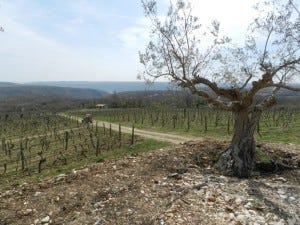Modernist traditions of Istria

Most people will have a view about the classic "old world" wine producing nations - France, well it's expensive, the name of the grape isn't on the bottle, they're still the greatest wines in the world, and so forth. Spain - they use a lot of oak, it's all about Rioja, er.. and they make good value fizz. Italy? A multitude of confusing grape varieties …
Keep reading with a 7-day free trial
Subscribe to The Morning Claret to keep reading this post and get 7 days of free access to the full post archives.


